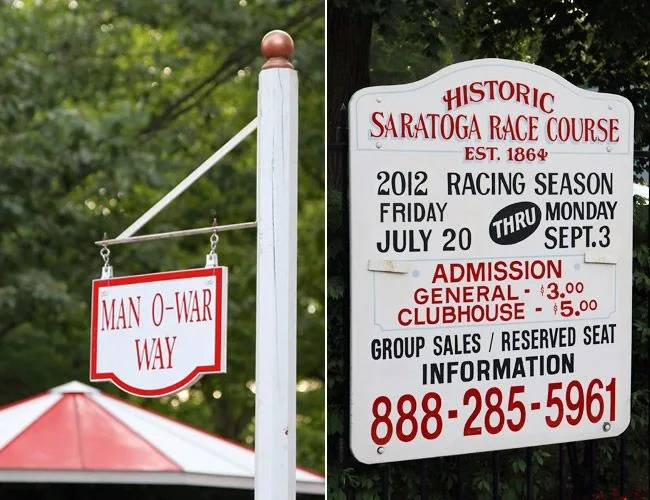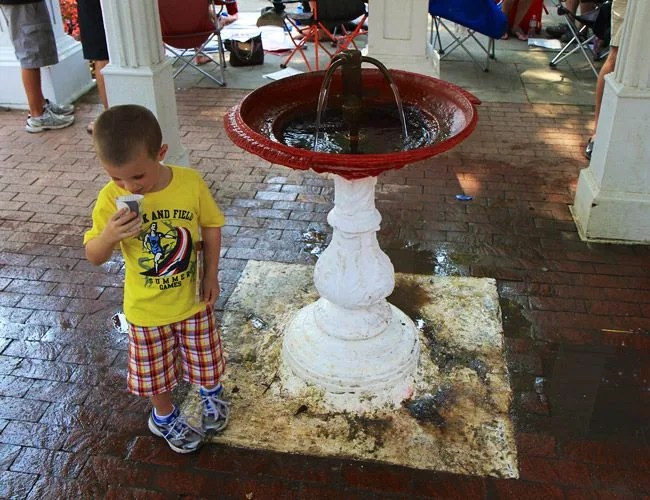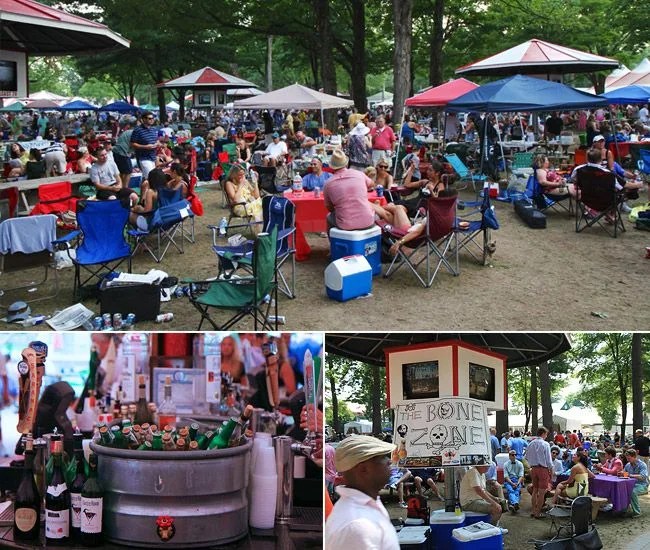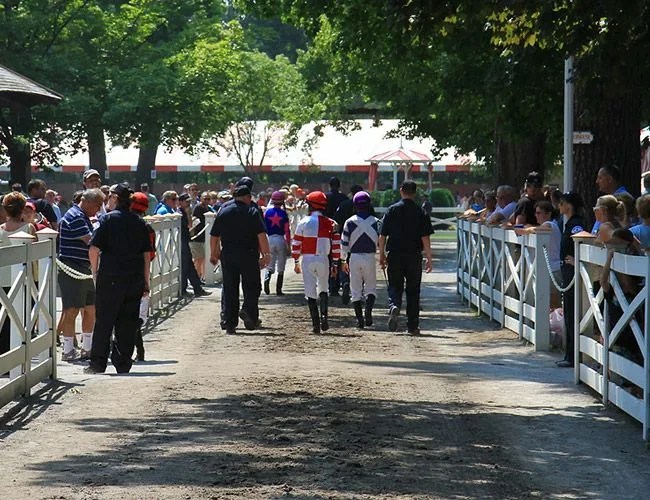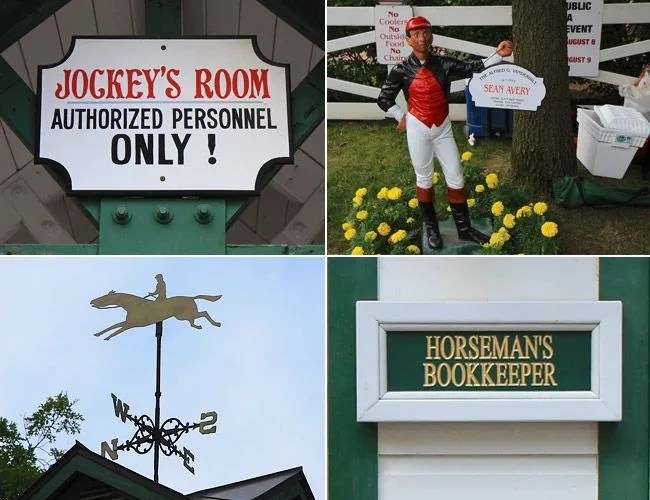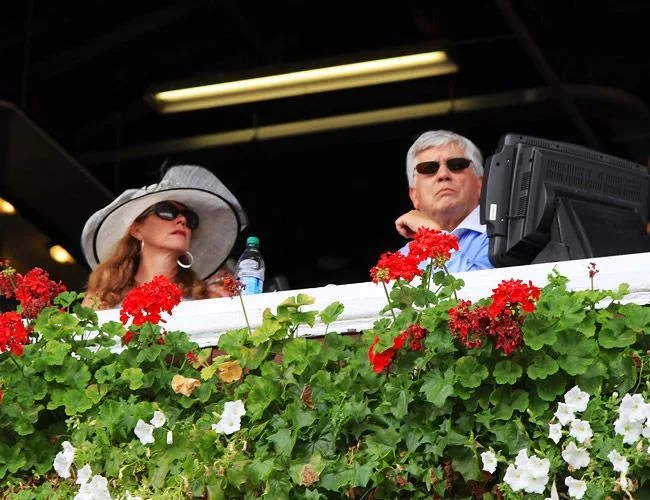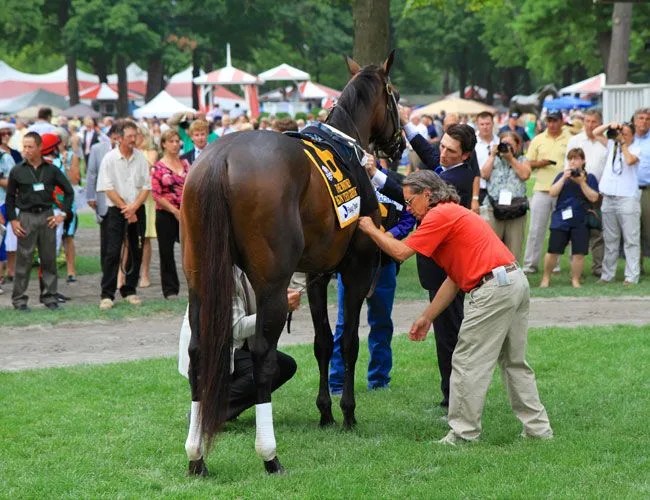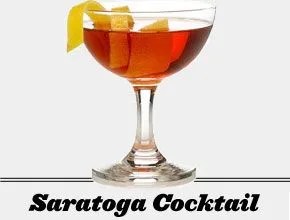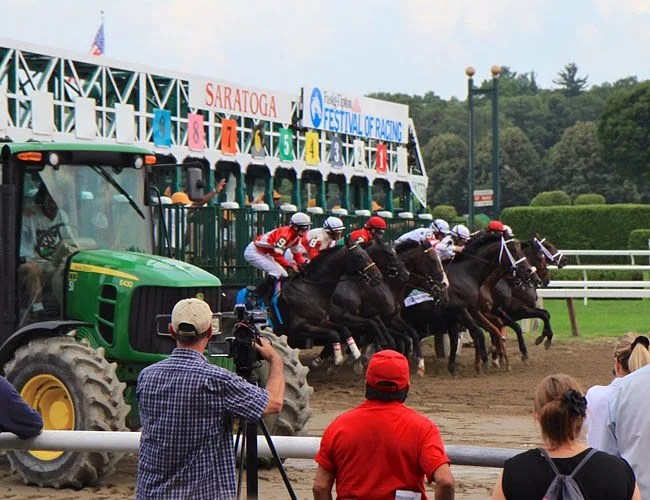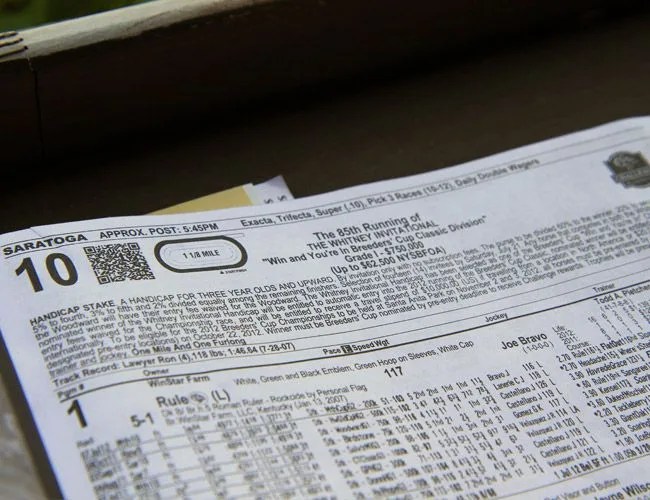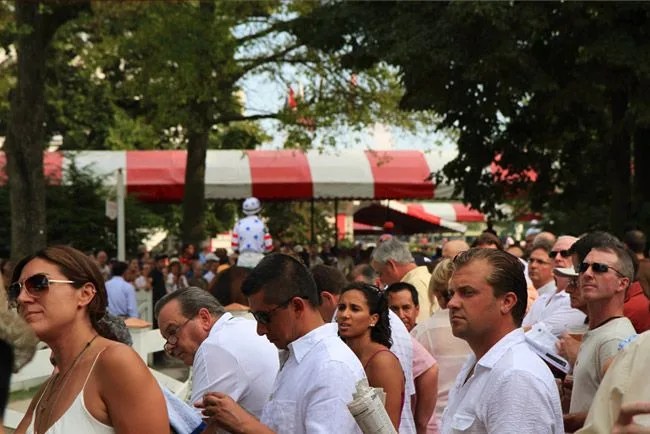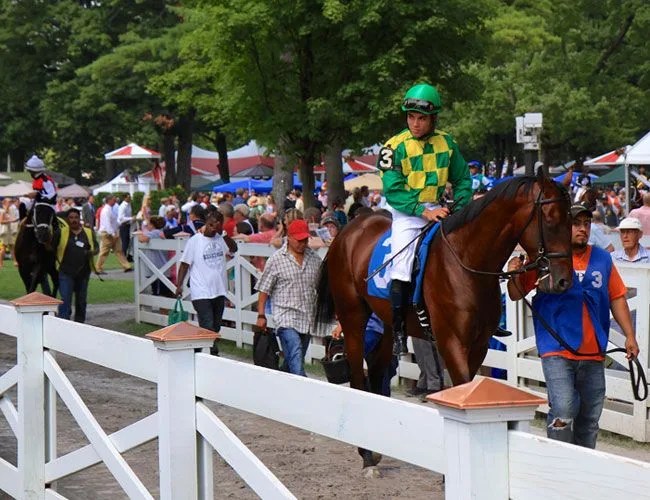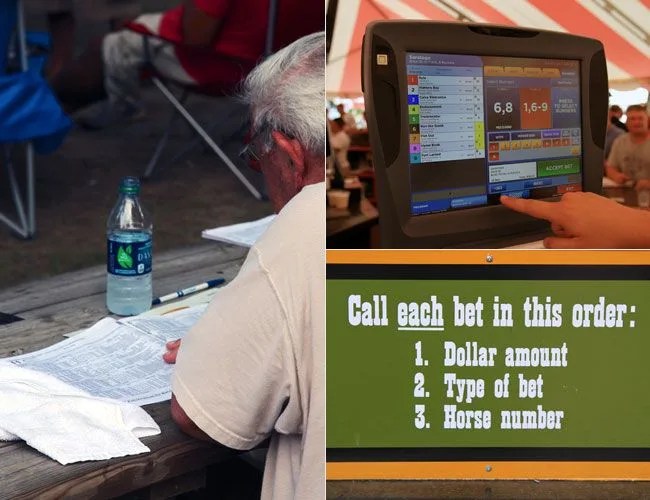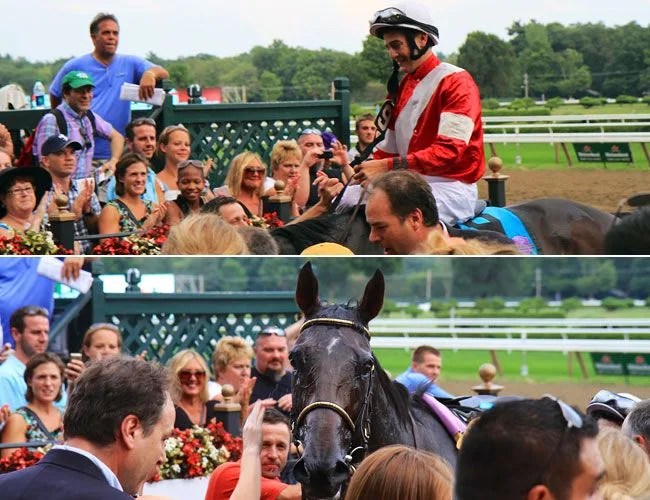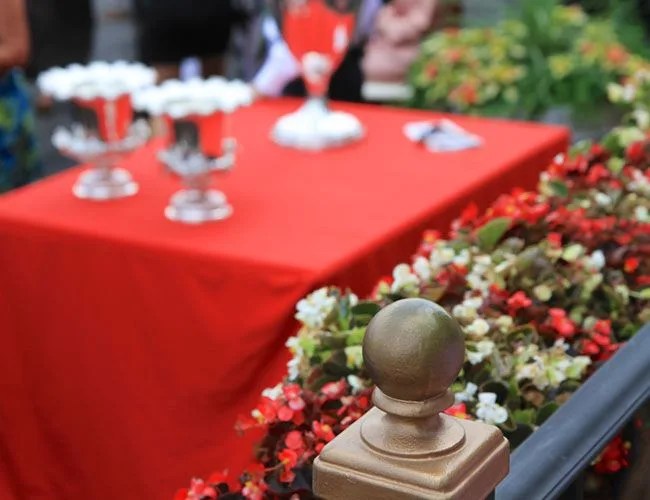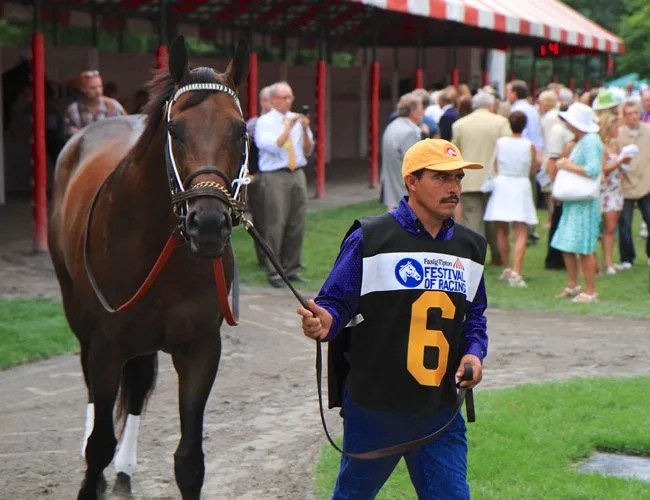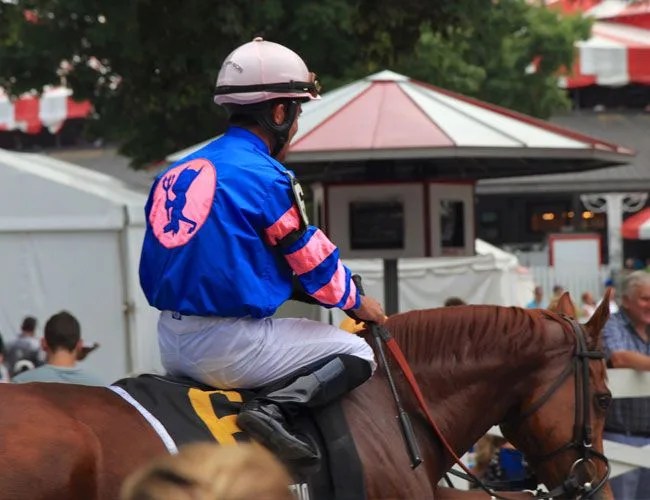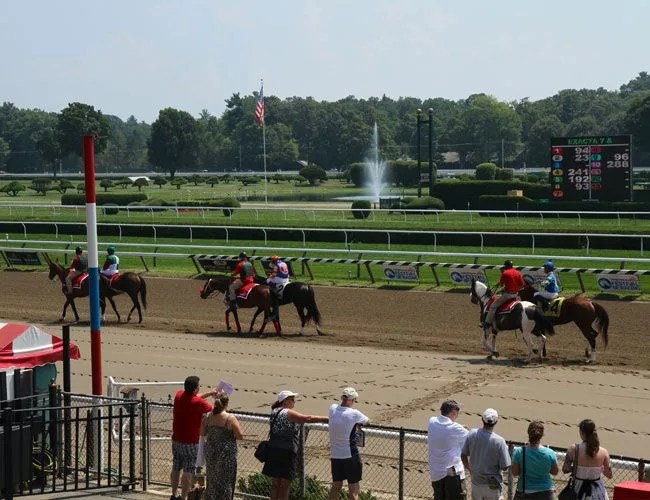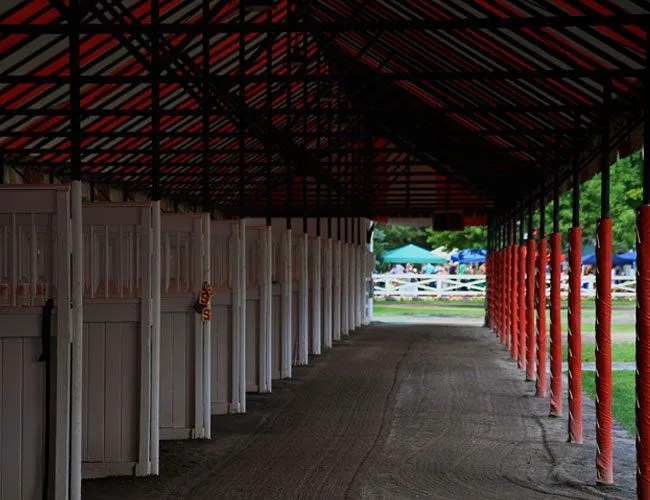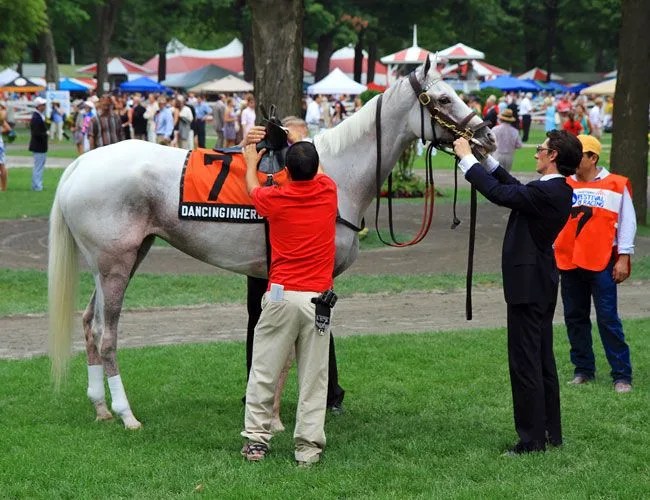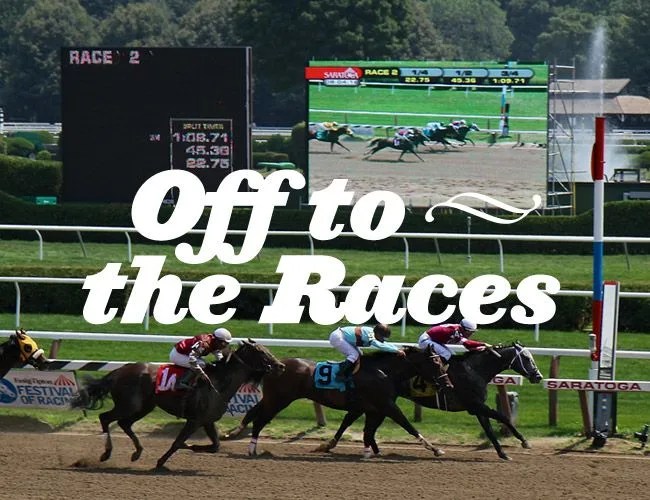 BB
BBPreface: Horse racing has enthralled men longer than just about every other sport in existence. Fossils indicate that the early Egyptians, Syrians, and Babylonians couldn’t resist the itch of the track. The same thing goes for the Greeks, who included both mounted and chariot races in the original Olympic games back in 648 BC. And though we’d like to credit a love of animals and the thrill of competition for inspiring the global phenomenon, it’s no secret that the chance to mint a fortune from another creature’s hoof-work has always been the magnetic attraction. Things clearly haven’t changed much over the centuries, since according to the infallible wikipedia, world-wide gambling on the sport generated an estimated $115 billion in 2008.
Like most things steeped in tradition, there’s a patois used by those in the know, seemingly cobbled from mixture of Farmer’s Almanacs, military training manuals and the scrawled margin notes of bookies, that can keep outsiders at a furlongs-distance from the sport. Luckily, we had a trusty guide on the scene — a sixth generation Kentucky horseman and a bloodstock agent to help us stay afloat during our inaugural visit to Saratoga Race Track. You could brand our resulting experience as a trial by fire of sorts, if only because wearing a blazer and pants in 95+ degree weather burns quickly and deeply into the memory.
Find out if our luck held up. Our story continues after the jump.
America’s Oldest Organized Sporting Venue
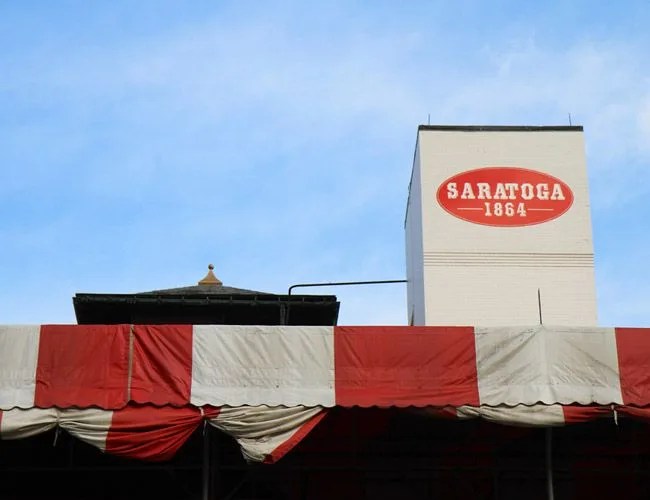
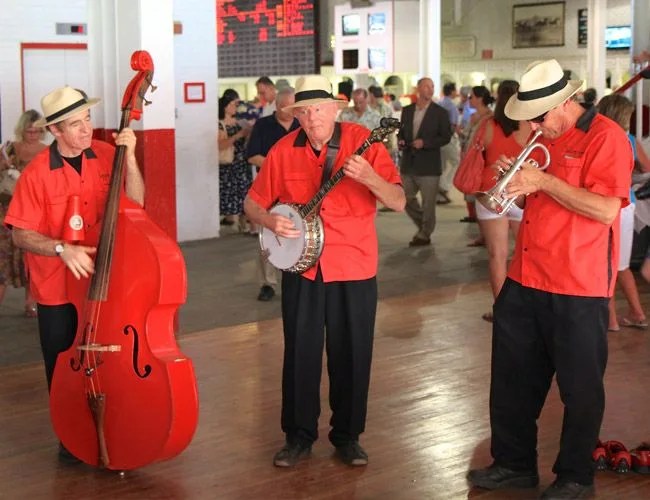
“Man is a gaming animal. He must always be trying to get the better in something or other.” — Charles Lamb
The U.S.’s tenure in the history of horse racing is decidedly junior compared traditions abroad, but Saratoga Race Course is still an American treasure. It originally opened on August 3, 1864, and today stands as the oldest organized sporting venue of any kind in the country. If that kind pedigree wasn’t enough for you, it’s also mentioned in Carly Simon’s 1972 #1 hit, “You’re So Vain”. How’s that for a legacy?

